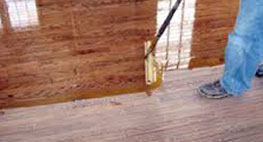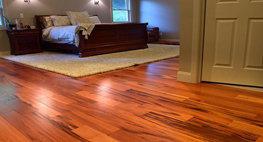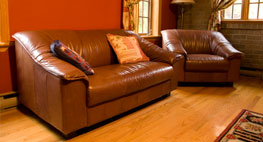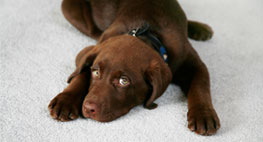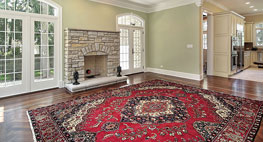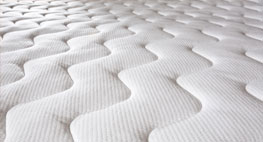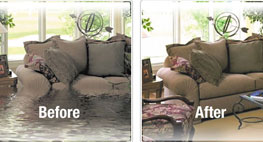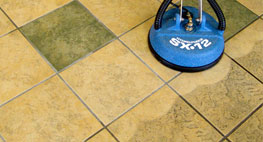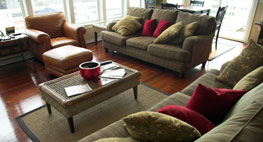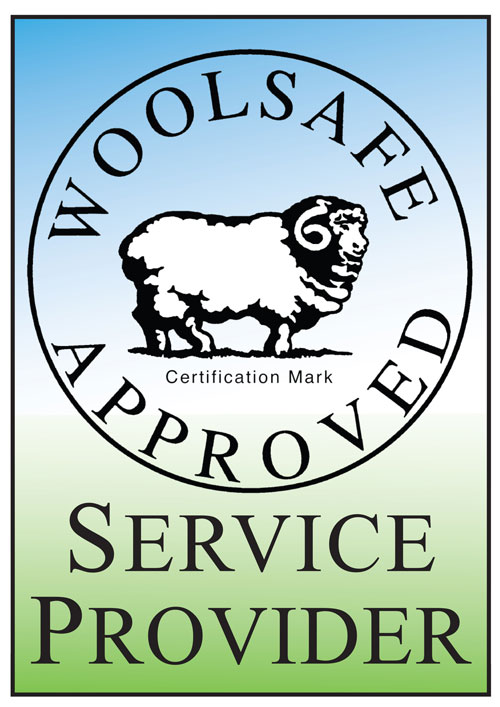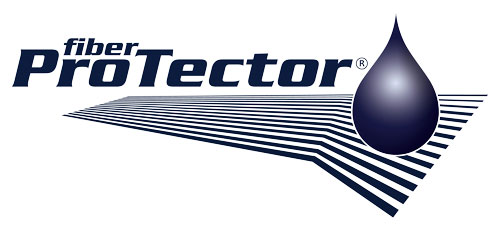Carpet Beetles how common are they to the Outer Banks?
In October, I received a phone call from an owner of a beach house here on the Banks. She asked me if I was familiar with “Carpet Beetles”, I was not. I have heard of them, but have never encountered a carpet Beetle. So, I figured I would do some research on these little critters.
As it turns out these little guys aren’t common to the Outer Banks at all – granted it is possible to have them brought into your home from your guests. However, both Pest Control companies I spoke with agree that the chances of you having a Carpet Beetle infestation is very unlikely here on the Outer Banks.
So, I was thinking since i didn’t know much about Carpet Beetles I wanted to share my research with you. Enjoy!
Also, my client didn’t have carpet beetles, it turns out she had fleas.
What Do Carpet Beetles Feed On?
Carpet beetles feed on a variety of animal-based materials including wool, fur, silk, feathers and leather. Items commonly infested include wool sweaters, coats, blankets, carpets, down pillows and comforters, and upholstered furniture. Synthetic fabrics such as polyester and rayon are rarely attacked unless they are heavily soiled with food stains or body oils.
They prefer to feed in dark, undisturbed areas such as closets, attics, within boxes where woolens and furs are stored, along and under the edges of carpeting, underneath upholstered furniture, and in air ducts where they feed on lint, pet hair and other bits of debris.
Carpet beetle infestations may also originate from bird or animal nests or an animal carcass present in an attic, chimney or wall void. They also occasionally feed on seeds, pet food or cereal products in the kitchen or pantry.
Control
Legally, no pest control company can tell you that a flea insecticide can be used for carpet beetles and vice-versa. However, the companies I spoke with would use the flea product to kill carpet beetles in there own home, if they ever had them. To be honest it is rather hard for them to find insecticides formulated just for carpet beetles.
The best way to avoid carpet beetle problems is through prevention. Woolens and other susceptible fabrics should be dry cleaned or laundered before being stored for long periods. Cleaning not only removes perspiration odors that are attractive to the beetles, but also kills any eggs or larvae that may be present. Articles to be stored should then be packed with moth balls or flakes in tight-fitting containers. Insecticides should not be used to treat clothing. However, mothproofing solutions may be applied to susceptible clothing by professional dry cleaners.
Routine vacuuming effectively removes carpet beetles which are already present, as well as hair and lint which could support future infestations. Particular attention while vacuuming should be paid to the edges of carpets, along baseboards, underneath furniture and similar “quiet” areas where carpet beetles prefer to feed.
Insecticide applications directed into infested areas are often useful as a supplement to good housekeeping. Products containing active ingredients such as chlorpyrifos, permethrin, bendiocarb and allethrin are effective against carpet beetles. Sprays may be applied to carpets (especially beneath and along the edge adjacent to the baseboard), underneath furniture and other likely areas of infestation where prolonged contact with humans is unlikely. Clothing and bedding should not be sprayed and should be removed before treatment.
Control of carpet beetles requires patience and a thorough inspection to locate all sources of infestation. Elimination of widespread, ongoing infestations may require the services of a professional pest control operator.




